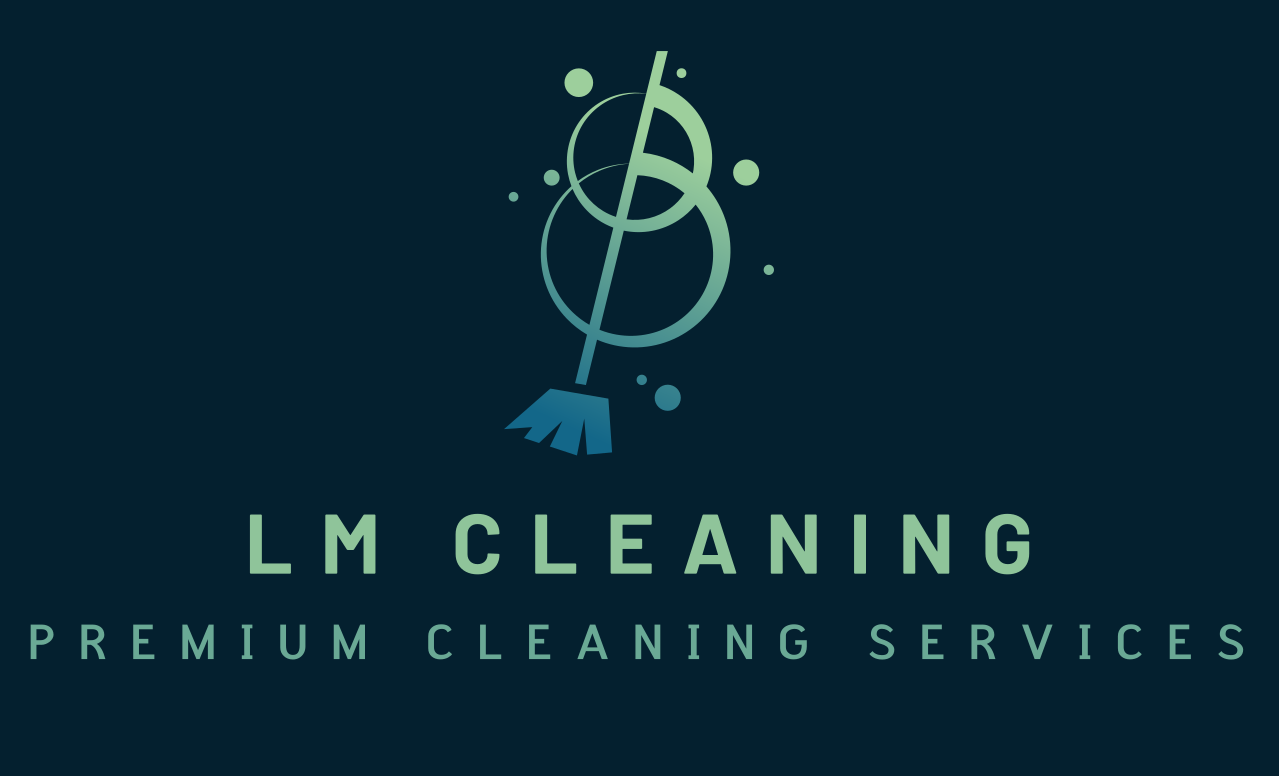How To Properly Store Your Cleaning Supplies

Choosing the right spot for storing your cleaning supplies in your home is essential. Keep them in a cool, dry place to ensure longevity. A dedicated space like a utility closet or under-sink cabinet works well. Avoid storing them in areas exposed to direct sunlight or extreme temperatures, which can degrade the effectiveness of the products.
Temperature and humidity control is crucial. High heat can cause chemicals to react or evaporate, and excess moisture can lead to rusting of metal components and spoiling of certain products. Aim for a consistent, moderate temperature to keep everything in top shape.
Safety first: If you’ve got kids or pets, lock up those cleaning supplies. Look for lockable cabinets or high shelves that are out of reach. It’s not just about keeping your home clean but also safe. Store potentially hazardous items separately, and always label containers clearly with their contents and any safety warnings.
Properly sealing containers is another step toward safety and efficiency. Make sure bottles, sprays, and boxes are tightly closed to prevent leaks and spills. Not only does this keep everything neat, but it also preserves the integrity of the products.
Ventilation matters for certain chemicals. If you’re dealing with products that emit strong fumes (think bleach or ammonia-based cleaners), choose storage space with good air circulation to prevent build-up of fumes, which can be harmful when released all at once.
Organizing Your Cleaning Supplies for Efficiency
Get smart with how you categorize your supplies. Group them by usage type: bathroom, kitchen, general-purpose. This makes it easier to grab what you need when it’s time to clean, and it keeps everything neatly in its place.
Storage solutions can be a game-changer. Consider using caddies, shelves, and cabinets specifically designed to hold cleaning supplies. These solutions save space and keep everything organized and accessible.
Got a small space? No problem. DIY storage ideas like using over-the-door organizers, hanging baskets, or even repurposing old boxes can make a big difference. Small hacks can create big results.
Create a dedicated cleaning station. This can be a corner in your laundry room or a section of your garage where all cleaning essentials are housed. Having everything in one spot saves you time and hassle.
Keeping things organized isn’t a one-time task. Regularly check and maintain the order of your cleaning space. Go through your supplies periodically to declutter and reorganize.
Proper Storage of Cleaning Agents When Not in Use
Storing dangerous chemicals safely is a must. Keep anything labelled ‘hazardous’ in its original container—never transfer it to an unmarked bottle. Place these items in a locked cabinet or a high shelf, well out of reach of children and pets.
Pay attention to expiration dates. Cleaning products don’t last forever. Check the labels for expiration dates and follow recommended disposal methods for expired products. This ensures you’re using effective agents and not risking harm with outdated chemicals.
Cross-contamination is a big no-no. Store incompatible cleaning agents separately to prevent dangerous reactions. For example, never store bleach and ammonia together. They can create toxic fumes if they leak or mix accidentally.
Bulk buys can be tempting but require responsible storage. If you’re stocking up, make sure you have the space to store items properly. Keep bulk items in a cool, dry place and transfer smaller amounts into more accessible containers as needed.
Accidents happen, so be prepared. Have a plan for spills or exposure, including knowing the location of your nearest eyewash station and having personal protective equipment (like gloves and masks) handy. Quick, safe responses keep small mishaps from becoming big problems.
Keeping Inventory of Your Cleaning Supplies
Tracking your cleaning supplies can save time and money. Keep a simple inventory list, either on paper or digitally, to monitor what you have and what you need to restock. This can prevent overbuying or running out of essential items.
There are many tools and apps available for inventory management. Apps like Sortly or Google Sheets can help you keep tabs on your supplies easily. They allow you to set reminders for reordering and track usage trends.
Establish a routine for restocking. Once a month, do a quick inventory check to see what needs replenishing. Having a consistent restocking habit ensures you’re never caught without critical supplies, making your cleaning routine smooth and efficient.
Handling surplus supplies requires some strategic thinking. If you find that you have too much of one product, try to use it more frequently or share with neighbours or friends. This keeps your storage from becoming cluttered and your supplies rotating.
Maintaining an up-to-date inventory is cost-efficient. Knowing exactly what and how much you have on hand helps you take advantage of sales without over-purchasing. Plus, it ensures you’re using products before they expire.
